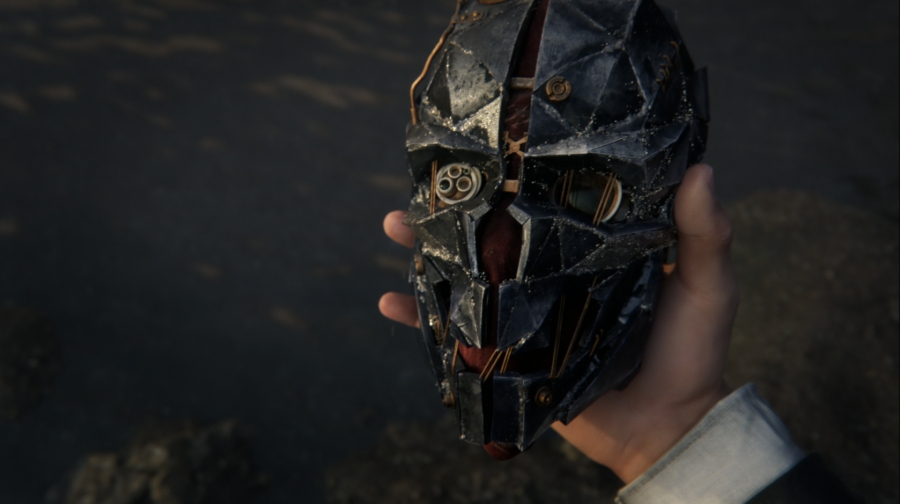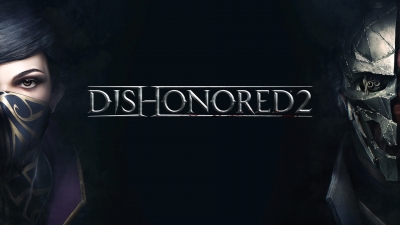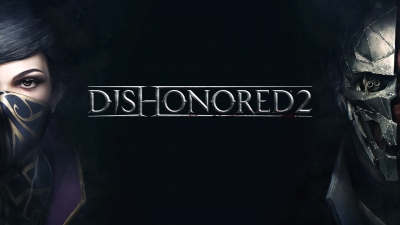Chaos system in both parts of the game and DLCs affects how the world around you looks like. Level of chaos determines endings and main plot episodes. With low chaos, you can end the game more optimistic when high chaos for sure will bring the world to the bad end. Chaos has not only visual and story effects, but also changes the gameplay. For example, with high chaos, there will be more guards or bloodflies.
Here we will focus on chaos system of Dishonored 2 so far as it has a few differences from the original game.
What is chaos level at all?
There is a stat parameter which features chaos level at the end of each mission as well as in thumbnails of saved files. You can read about your current chaos right under the title of the mission. Note also that different chaos levels match different portraits of protagonists. With low chaos, pictures will be light and clean when high chaos will turn them into bloody angry faces. During each mission you can receive 3 levels of chaos:
- Low. Requires you to kill less than 20% of all characters faced.
- High. Makes each mission harder and leads to worse endings.
- Very high. Strongly complicates the game and leaves no chance for good endings.
Unlike Dishonored in the second part, there is no medium chaos. However, medium level matches high one. Means if you didn’t kill enough characters for very high chaos, you will end with just high chaos level.
The main concept of chaos system is similar to all games of the franchise. Low chaos and high chaos are two regular parameters while very high chaos is enhanced version of just high chaos. You will encounter several effects of each level:
- For low chaos level, there will be fewer guards and monsters, fewer episodes with deaths, more positive behavior of neutral NPCs and playable characters.
- For high chaos level, there will be respectively more guards and monsters, more episodes with deaths and less positive behavior of neutral NPCs and playable characters.
Very high chaos level features the worst version of all events. And you still can get moderate good endings with high chaos or bad ones with low chaos.
Also, the game is pretty paradoxical as you can finish it without kills at all. In this case, you will receive low chaos and probably the kindest ending. But chaos level is affected not only by kills but also with your decisions in key episodes. About this difference, we will talk in the last paragraph. Now let’s cover how your actions can change the world.
What does affect the chaos level?
Developers of Dishonored 2 have revealed some effects of different chaos levels:
- A number of bloodflies in each mission. These insects replace rats from the original game and are more dangerous. So high chaos increases their number.
- A number of guards in key locations of each mission. The more guards are patrolling certain location the harder it will be to pass by. High chaos increases this amount as well.
- Specific dialogues and conversations between playable characters and NPCs during the entire game. Means your actions will trigger talks on the streets.
- Reactions of Corvo and Emily to certain events or actions. With high chaos, reactions will be more cynical and angry while low chaos makes protagonists kinder.
- Endings. The game is not about endings, but we love them. It’s clear that different chaos levels lead to different endings.
However, not only chaos influence on endings. Overall system in the second game is more complicated and considers all your actions. Let’s talk about it.
What is the difference between games?
Firstly, there is a hidden morality of all characters. For example, you can kill a single guard and strongly decrease chaos level as this guard was a maniac and a rapist. Or you can harm spooky butcher and increase chaos level as he is a philanthropist and just good guy. Means there are persons who have to die and persons who should live. You can reveal morality with the Heart as this item knows all hidden secrets of any person.
Secondly, there are different endings with hundreds of ways to reach them. You should understand that chaos level is just one parameter which can change the end of the game. Supporting of certain NPCs, killing key targets or saving their lives also influence on endings. For example, you can mercy all key characters and they will participate in the final mission. But you can reach high chaos also and these characters will be turned into cynical spectators.
As you can see, there are way more endings than in previous game. We have one more example for the conclusion. Duke Luca Abele is one of Delilah’s allies. He is one of the city rulers and he is insane as well. During the game, you can break into his apartments and kill him. Explore this location attentively and you will reveal that the Duke has a body double. Plan your way to replace Luka Abele with his double which can reign better and kinder. Do you think it’s quite easy and there are no pitfalls? You are wrong!
Your ideal Duke has his own sins. If you are playing non-lethally and mercy all enemies this new Luka Abele will become as corrupt as his master. At the end, you will face the terrible and violent fate of Karnaca. And in such way, you can interact with all key persons. Kill or arrest hostiles, replace them with your allies, but a loss of control will lead to the bad end. You see that endings depend on your plot actions, not only on chaos level.
Explore, try different chaos levels and enjoy the game every time!




